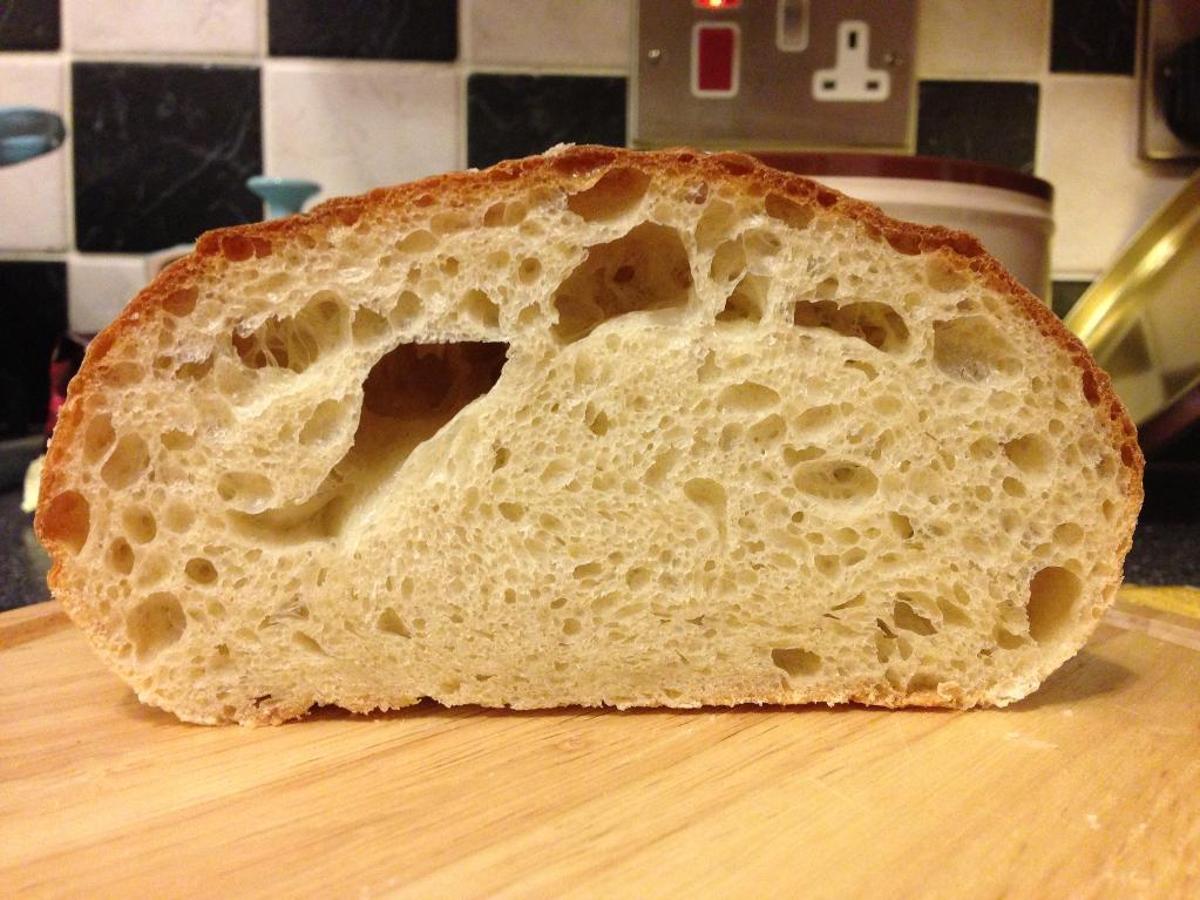Easiest Way to Prepare Perfect Punch Down Dough
Punch Down Dough. As the dough rises, many tiny air pockets are formed inside. Cover with an inverted bowl and let sit on counter.
This allows them to chill faster and therefore rise more slowly.
The reason to "punch down" the dough is to give the bread an extra dimension in taste (and sometimes texture).
When should you punch down dough? Once the dough has risen completely, the dough needs to be moved, to allow the yeasts to continue to feed on new sugars, and this is why we "punch down" the dough, but unless you are looking for an even textured crumb reminiscent of wonder bread, you should never actually punch down the dough. Kneading the dough two or three times will help release additional air bubbles.
Punching dough down, satisfying though it may be, really deflates the dough, collapsing all the air pockets already formed. Which is perfectly fine for a flatbread. You really shouldn't punch down any dough.
When you fold the dough, you do three things: expel the carbon dioxide formed during fermentation, strengthen the dough by aligning. You either press the dough down, or knead it gently several times. If it has risen too much, you can just punch the dough down and let it rise again.
If it has risen too much, you can just punch the dough down and let it rise again. This is fine and won't negatively affect the bread, but it does affect its texture. Punching down the dough frees up more food for the yeast.
It's a familiar phrase that doesnt mean what you think it means. Other times the "punch down" is simply the transfer of dough from the bowl to a lightly floured work surface, allowing the gas to gently expell from the weght of the dough, but retaining enough to keep a nice, airy gluten network. Kneading the dough two or three times will help release additional air bubbles.
Which is perfectly fine for a flatbread. The chronology of a bread recipe typically goes like so: mix the ingredients, allow for an initial rising period (sometimes called a "bulk ferment"), then punch or deflate the dough before shaping, proofing, and finally, baking. However, if the dough is left out for a long time, unrefrigerated, it can spoil, especially in the.
A noun or pronoun can be used between "punch" and "down." Make sure you punch down your dough before you bake it, or your bread will be full of huge air bubbles when it comes out of the. Punching down the dough releases any gas bubbles that have formed during rising, and also redistributes the yeast, sugar, and moisture within the dough. Kneading the dough two or three times will help release additional air bubbles.
Definitions by the largest Idiom Dictionary.. Some recipes do not have this step at all. You simply punch it back down and go on to the shaping.
To press down firmly in the center of dough with one's fist after it has risen in order to eliminate gas bubbles and redistribute yeast. The longer the yeast feeds, the more complex the flavor of the loaf. Other times the "punch down" is simply the transfer of dough from the bowl to a lightly floured work surface, allowing the gas to gently expell from the weght of the dough, but retaining enough to keep a nice, airy gluten network.
In fact, Jeff Hertzberg and Zoë François, who literally wrote the book (or at least a book: Artisan Pizza and Flatbread in Five Minutes a Day) on making pizza dough ahead of time, strongly encourage us to never punch down. Punching down the dough releases any gas bubbles that have formed during rising, and also redistributes the yeast, sugar, and moisture within the dough. It should be safe to skip the punch down step.

/137866404-58a6fc975f9b58a3c91b9204.jpg)

/bread-dough-rise-rising-risen-2500-588adfc15f9b5874eebfb299.jpg)

:max_bytes(150000):strip_icc()/Risingyeastdough-GettyImages-538605655-5a05d3af4e4f7d003695f868.jpg)